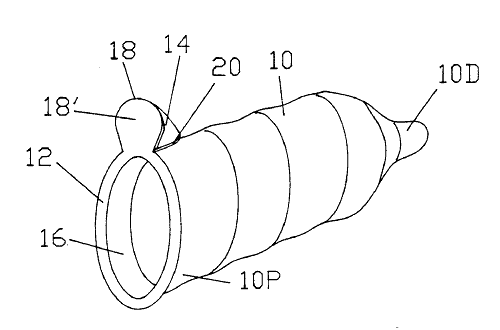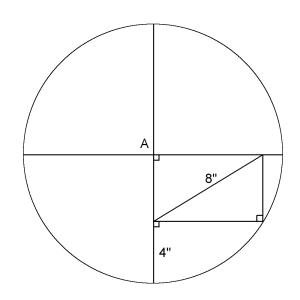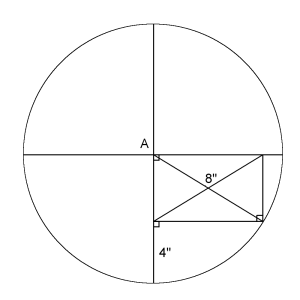On the 26th of April, 1875, a very large Calamary (or Squid) was met with on the northwest of Biffin Island, Connemara [Ireland]. The crew of a curragh (or coracle) observed to seaward a large floating mass surrounded with gulls. They pulled out to it, believing it to be wreck, but to their astonishment found it was an enormous cuttlefish, lying perfectly still, as if basking on the surface of the water. Paddling up with caution, they lopped off one of its arms. The animal immediately set out to sea, rushing through the water at a tremendous pace. The men gave chase, and, after a hard pull in their frail canvas craft, came up with it, five miles out in the open Atlantic, and severed another of the arms and the head. These portions are now in the Dublin Museum. The shorter arms measure each eight feet in length, and fifteen inches round the base; the tentacular arms (or longer arms) are said to have been thirty feet long. The body sank.
(Recounted in The World of Wonders, 1883)




